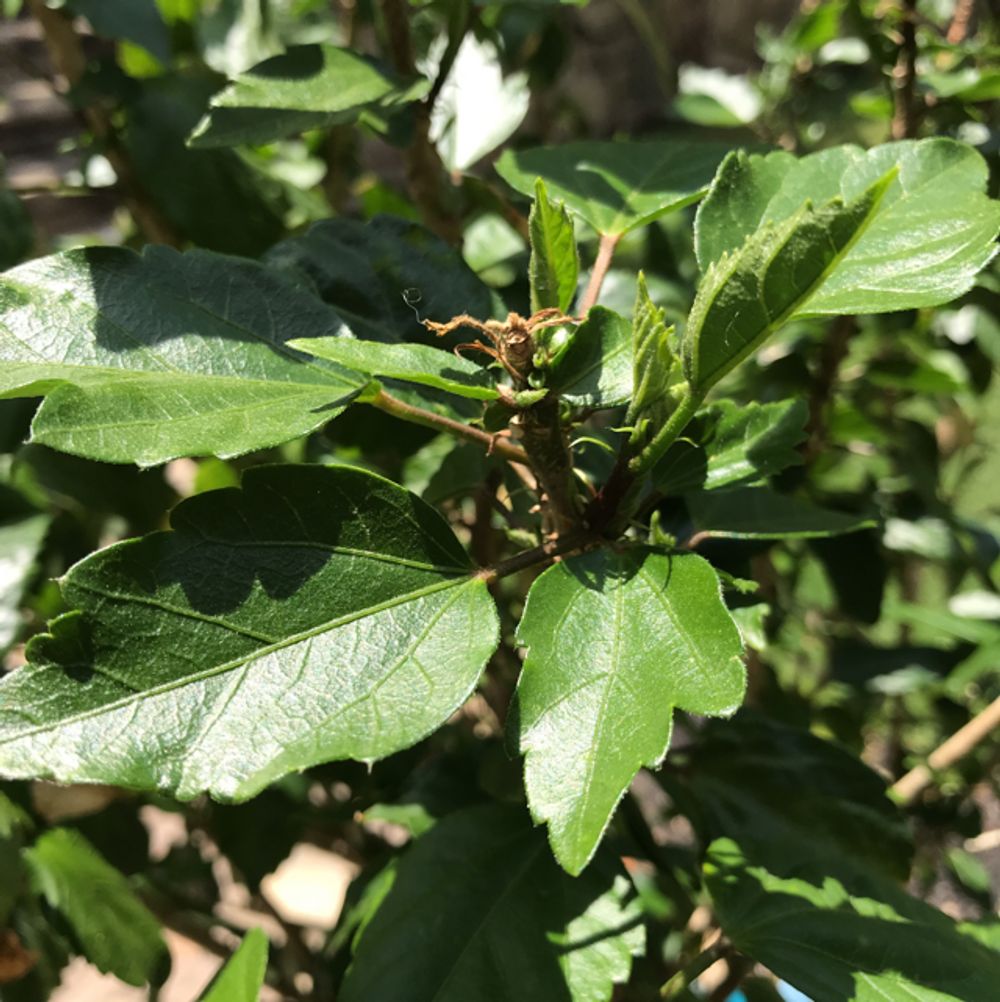Hibiscus leaves
(Hibiscus leaves)

Description
Hibiscus is a genus of flowering plants in the mallow family, Malvaceae. The genus is quite large, comprising several hundred species that are native to warm temperate, subtropical and tropical regions throughout the world. Member species are renowned for their large, showy flowers and those species are commonly known simply as "hibiscus", or less widely known as rose mallow. The genus includes both annual and perennial herbaceous plants, as well as woody shrubs and small trees. The generic name is derived from the Greek name ἰβίσκος (hibiskos) which Pedanius Dioscorides gave to Althaea officinalis (c. 40–90 AD). Several species are widely cultivated as ornamental plants, notably Hibiscus syriacus and Hibiscus rosa-sinensis. A tea made from hibiscus flowers is known by many names around the world and is served both hot and cold. The beverage is known for its red color, tart flavor, and vitamin C content. The leaves are alternate, ovate to lanceolate, often with a toothed or lobed margin. The flowers are large, conspicuous, trumpet-shaped, with five or more petals, color from white to pink, red, orange, peach, yellow or purple, and from 4–18 cm broad. Flower color in certain species, such as H. mutabilis and H. tiliaceus, changes with age. The fruit is a dry five-lobed capsule, containing several seeds in each lobe, which are released when the capsule dehisces (splits open) at maturity. It is of red and white colours. It is an example of complete flowers.
Taxonomic tree:







